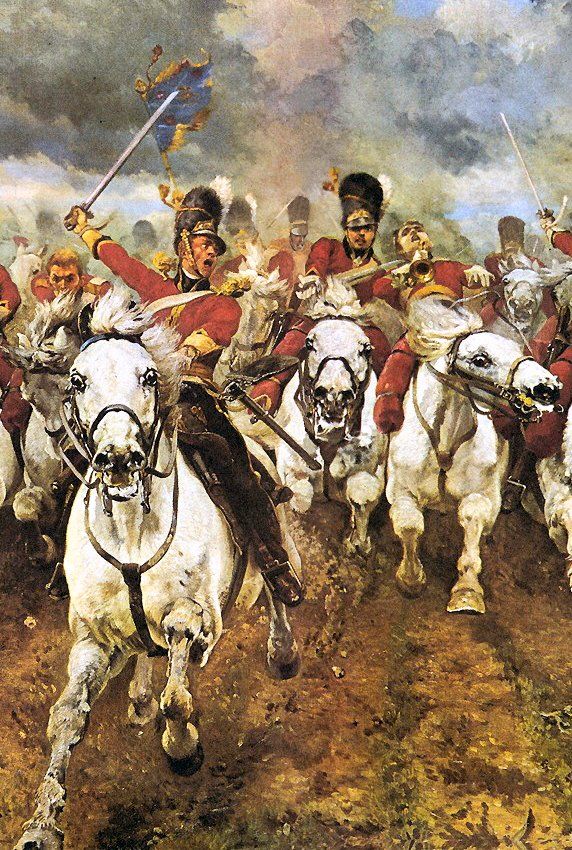|
"A horse is a false hope for victory; nor does it deliver anyone by its great strength. Behold, the eye of the LORD is upon them that fear him, upon them that hope in his mercy" (Psalms 33:17,18).
Have you ever thought about there being such a thing as “false” hope. There is such a thing (our text).
There are two types of hope. There is a false hope and a true hope. Examples of the use of the English word “hope”: 1. We might have hope of winning (game). 2. We may have hope of one's recovery. 3. A particular medicine is our last hope. 4. My constant hope is that she will forgive me. 5. I hope my work will be satisfactory. 6. I hope for an early spring.
If there is no valid reason for our hope, it is just a wish. A wish is a “desire for something.” It may or may not happen. Wishes may be used as plots for fiction. Fairy tales sometimes use themes of opportunities for "making a wish" or for wishes to "come true" or "be granted.” The Psalmist tells us “false hope” is putting one's trust in the created instead of the Creator.
True hope has been described as having two parts: (1) a desire for something to happen plus (2) an expectation for it to occur. I may hope for a million dollars to fall from heaven, but it is only a wish. There is no reason for me to expect such a thing to happen.
HORSES AND WAR
Before tanks were used in war, there were horses. A Sumerian illustration of warfare from 2500 BC depicts some type of equine pulling wagons. A million horses went into World War I and only 65,000 survived. Since that time war horses have not been used.
The introduction of the horse with the chariot to warfare became a great weapon 3500 years ago, combining high speed, strength, durability and mobility that could not be matched by infantry. With the advent of horseback riding a few hundred years later, the chariot and horse lost most of its military importance and from that time on, the chariot was mostly replaced by the use of mounted cavalry. Since Psalm 33 was probably written during this later period, it is easy to see how that this new use of horse power would be feared and desired. There would be “hope” placed in being superior in battles. But to trust in its guarantee of success is vain.
An illustration is in Joshua 11:1-9. The armies of the Amorites of Madon, of Hazor, of Shimron, and of Achshaph are allied against Joshua and Israel. It was in the days that the horse and chariot were feared. "And they went out, they and all their hosts with them, much people, even as the sand that is upon the sea shore in multitude, with horses and chariots very many. And when all these kings were met together, they came and pitched together at the waters of Merom, to fight against Israel." The Lord assured Joshua not to be afraid because God was going to slay them everyone. Their horses would not serve any sufficient power and their chariots would be like wood in a fire place. They would burn. Encouraged Joshua placed his hope in God and followed God's directions and God as promised came through for Joshua.
I have always been amazed at the special effects of Hollywood. Back in the days of John Ford and John Wayne a crowd of “extras” could be made up for a dollar or two; they would be hired from the nearby community and dressed in costumes. For example, my cousin, Don West, was hired in Louisiana to play both a Confederate and a Federal soldier for the 1966 set of “Alvarez Kelley” starring William Holden. The armies would be realistic on the screen because the participants were real people. The magic of the screen had Don as it were shooting at himself. Now through the "magic" of computers, the armies are made by "CGI", computer graphics creating scenes or special effects in films and television. The armies on the screen literally look like they are the number of the sands of the seashore.
The other day I was watching one of the CGI movies (like “Lord of the Rings”) and the attacking army looked like a real one that was “even as the sand that is upon the sea shore in multitude, with horses and chariots very many” (Joshua 11). I thought to myself, “Is this what Joshua was looking at?” If so, then I can understand why God told him “Do not fear.”
Gaylon West “Throw Out the Lifeline” |


